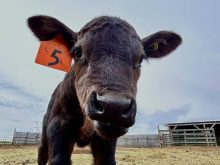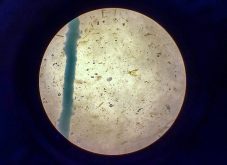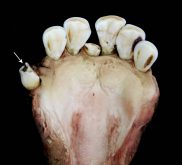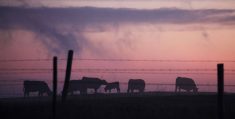SAN ANTONIO, Texas – “You don’t have to worry about us in San Antonio. We love beef.”
That was the message cab drivers were delivering to convention goers arriving for the annual National Cattlemen’s Association meeting. But not everyone feels that way.
A group of 17 noisy animal rights protesters picketed outside the meeting hall Jan. 18, earning a larger share of media attention than the entire convention. Playing on the national advertising campaign of “Beef. It’s what’s for dinner,” they said potentially fatal E. coli and salmonella infections in beef are what’s really for dinner.
Read Also
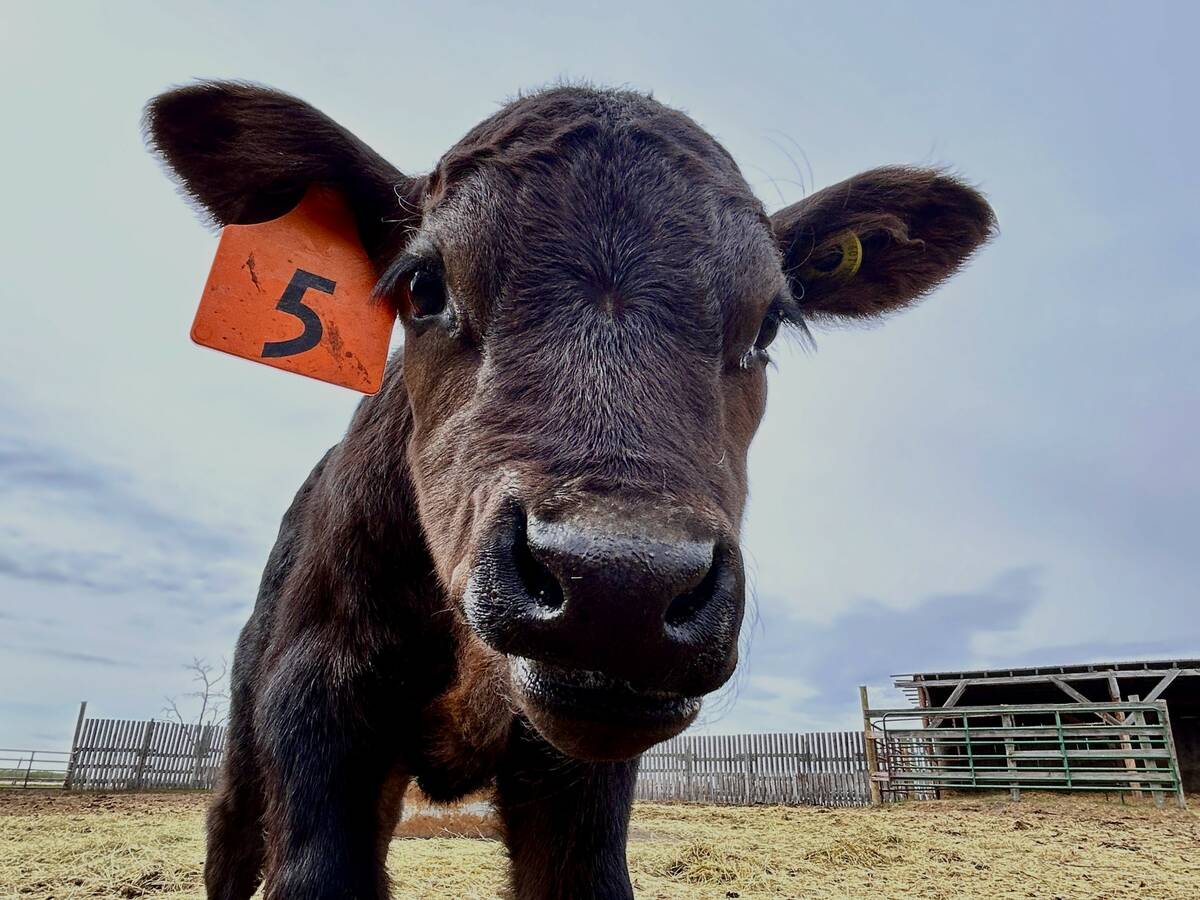
Calf hormone implants can give environmental, financial wins
Hormone implants can lead to bigger calves — reducing greenhouse gas intensity, land use intensity and giving the beef farmer more profit, Manitoba-based model suggests.
Not everyone agrees with these groups, but the seeds of doubt have been planted as consumers worry about what is really in that next hamburger they order.
Millions of dollars have been invested in research across North America to make beef as clean as possible following a 1992 incident where seven children died after they ate improperly cooked hamburger from a Jack in the Box restaurant.
That tragedy catapulted the entire industry onto the HACCP bandwagon.
Fully named Hazard Analysis Critical Control Points, the entire industry has adopted a new attitude of zero tolerance to attack fatal bacteria.
The program is designed to keep food borne pathogens like E. coli out of the beef supply and offer assurances that no child will ever again die from eating at a fast food outlet.
Research is happening on many fronts. Meat scientist Gary Smith presented the latest findings to the feeder council of the NCA meeting. The NCA, along with other industry groups, funds portions of the research.
One of the newest areas is an approach called multiple hurdles, where carcasses must pass through a sequence of dehairing, steam sprays and spray washes of non-toxic disinfectants like trisodium phosphate and a cooler spray of chlorine dioxide. With each hurdle the chance of contamination could be reduced from one in 500 to one in 500 million.
“People in the industry are beginning to think in terms of multiple hurdles,” said Smith.
Of all the efforts to wash away dirt and manure on carcasses, hot water washes and steam vacuuming may be the ticket.
Many packing companies have a policy of washing and cutting away specks of manure and dirt. However a hot wash set at 78 C is probably more effective because people cut away only what they can see and will miss microscopic traces of bacteria that can lead to food poisoning.
“You don’t have to see bacteria to kill them with hot water. You’ve got to be able to see them to trim them off with a knife,” Smith said.
Researchers went into co-operating meat packing companies for their experiments.
Steam vacuuming is the newest idea and has been tried in seven major plants. U.S. department of agriculture approval of steam vacuuming is expected soon.
“People are going to insist that we get those pieces of green and brown stuff off and the way we’re going to do that is steam vacuuming,”said Smith.
Steam is blown on the carcass, across the head and hind end, including the anus and vagina where bacteria might accumulate. The bacteria responsible for food poisoning are most often found in the mud and manure on the outside of cattle rather than in the intestinal tract.
Additional research is being conducted on the non-fed beef trade which comes mostly out of the dairy industry.
Dairy culls supply about 45 percent of America’s hamburger with a large portion ending up in the fast food industry, said Chris Rossiter of Cornell University.
In her work with 1,600 dairy cows from New York, 16 were found to be shedding harmful bacteria. Cornell will sample cattle this spring, summer and winter because there appear to be seasonal differences.





